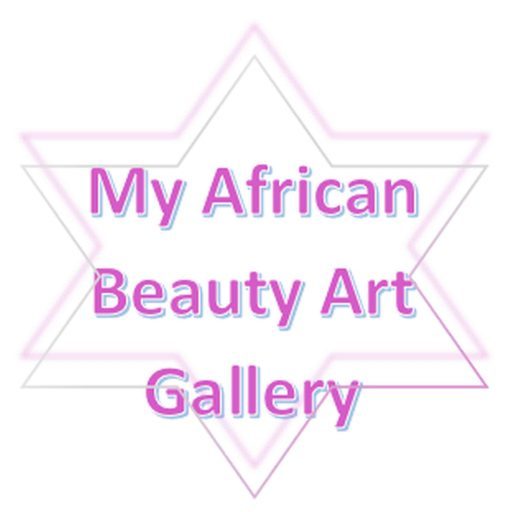KUBA TYPES OF ART Aside from beautiful cloth, the Kuba also produce carved wooden masks and figures. They also carve headrests, divination oracles, and anthropomorphic cups. HISTORY In the 16th century, the Kuba peoples migrated from the distant north to their current location along the Sankuru River. When they arrived, however, they found that the …
Continue reading Kuba
Tag:TABWA
Luluwa
LULUWA TYPES OF ART Luluwa are known for their sculpted statues marked by intricate scarification patterns and their finely carved utilitarian objects, including hemp pipes. They also carve several mask types used in initiation. HISTORY The Luluwa are closely related to the Luba Kasai and migrated along with them in the 18th century following an …
Continue reading Luluwa
Lunda
LUNDA TYPES OF ART Although it is impossible to isolate specific examples of Lunda art, their political activity in the region and their patronage of artists living in neighboring ethnic groups influenced the artistic styles found throughout the region. It is believed that all objects historically linked to the Lunda were originally carved by neighbors, …
Continue reading Lunda
Mangbetu
MANGBETU TYPES OF ART Most Mangbetu art was reserved for ruling class and was secular in nature. Wooden figures are believed to be ancestral portraits. Harps and trumpets that were used by court musicians were often adorned with sculpted human heads. Decorated thrones and knives were also part of the royal regalia. HISTORY Linguistic patterns …
Continue reading Mangbetu
Songye
SONGYE TYPES OF ART There are numerous mask styles associated with the Songye. Power objects and objects associated with divination are also prevalent in Western collections. In the past many Songye objects have been misattributed to the Luba and vice versa. HISTORY Songye origins are shared with the Luba through a common mythical Songye ancestor …
Continue reading Songye
Tabwa
TABWA TYPES OF ART Tabwa carvers produce many beautiful utilitarian objects such as combs, drums, and bellows, but also produce sculpted figures representing ancestors and twin figures. Although a few masks exist in collections, very little is known about them. HISTORY The peoples who currently identify themselves as Tabwa were once a series of smaller …
Continue reading Tabwa
